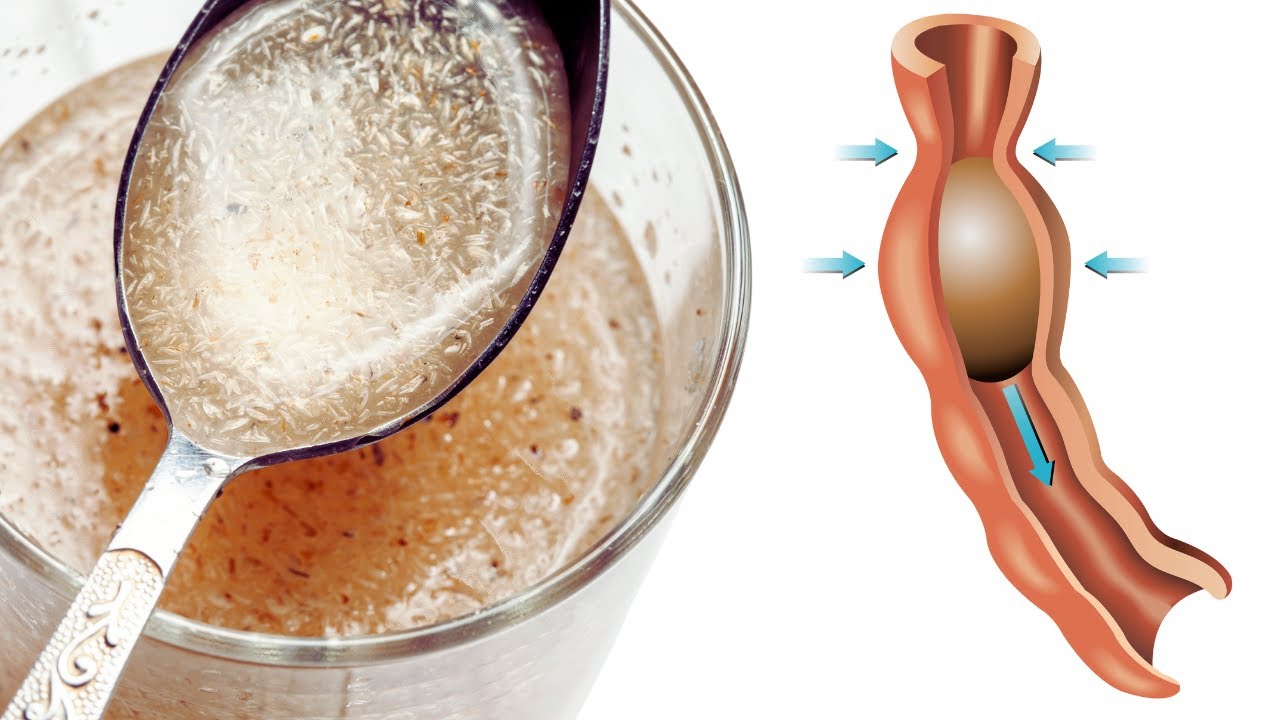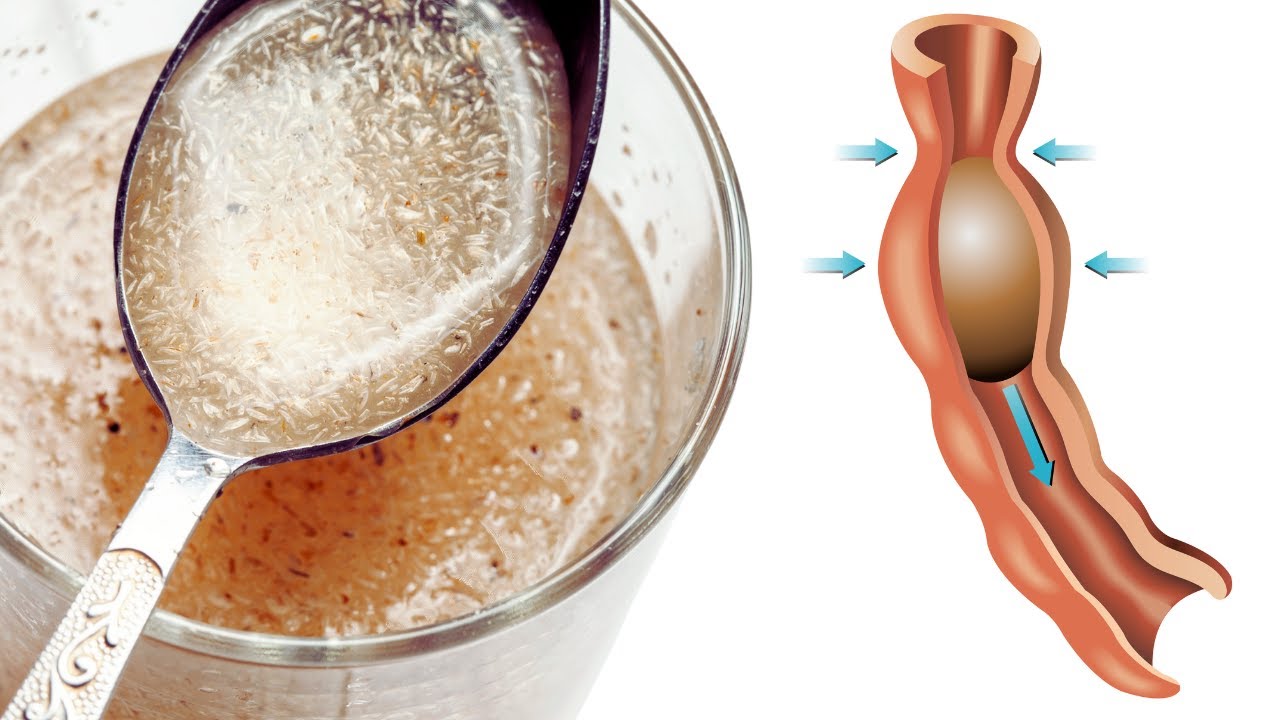
Understanding the role of fiber in blood sugar management is essential, especially given the rising rates of diabetes and prediabetes globally. Fiber, particularly soluble fiber, plays a crucial role in moderating blood glucose levels by forming a gel-like substance in the gut that slows the absorption of sugar. This process can have profound effects on blood sugar spikes and overall glycemic control.
How Fiber Affects Blood Sugar
- Slows Glucose Absorption:
- Soluble fiber turns into a gel in the digestive tract. This gel traps carbohydrates and slows their digestion and absorption, preventing sharp rises in blood sugar following meals.
- Reduces Post-Meal Glucose Spikes:
- Research indicates that adding just 2 tablespoons of fiber twice a day can significantly lower blood sugar levels post-meals: 13% after breakfast, 65% after lunch, and 41% after dinner.
- Long-Term Blood Sugar Management:
- Studies show that increasing daily fiber intake by 11 to 13 grams can reduce the hemoglobin A1c level by half a point. This measure reflects average blood sugar levels over two to three months, highlighting fiber’s role in long-term glucose regulation.
- Improves Insulin Sensitivity:
- Additional fiber can enhance insulin sensitivity by nearly two points, helping the body better utilize glucose and manage blood sugar levels more effectively.
Broader Health Benefits of Fiber
- Cardiovascular Health: High fiber intake is linked to lower rates of heart disease.
- Reduced Cancer Risk: Diets rich in fiber are associated with a decreased risk of certain types of cancer.
- Longevity: A high fiber diet correlates with a 45% lower risk of death from any cause.
Incorporating More Fiber Into Your Diet
Increasing your fiber intake can be done through both supplements and a variety of foods. Here are some excellent sources of both soluble and insoluble fiber:
- Fruits: Apples, pears, plums (with skins), berries, and citrus fruits.
- Vegetables: Leafy greens, broccoli, cauliflower, carrots, and sweet potatoes.
- Legumes: Beans, chickpeas, and lentils.
- Nuts and Seeds: Almonds, walnuts, sunflower seeds, and pumpkin seeds.
- Whole Grains: Oats, quinoa, brown rice, and barley.
Practical Tips for Increasing Fiber Intake
- Breakfast: Start with oatmeal topped with fruits and nuts.
- Lunch: Opt for a salad packed with veggies, chickpeas, and a sprinkle of seeds.
- Snacks: Reach for whole fruits, nuts, or yogurt with berries.
- Dinner: Include a portion of beans or whole grains like quinoa or brown rice.
Conclusion
Fiber’s role in managing blood sugar is well-supported by research, offering a simple yet effective strategy for enhancing health. Whether you’re currently managing diabetes or looking to prevent it, integrating more fiber into your diet can be a delicious and health-promoting choice. Remember, as with any dietary change, it’s beneficial to discuss with healthcare providers, especially when managing health conditions like diabetes.




